Renegade Rising
What is Past is Prologue
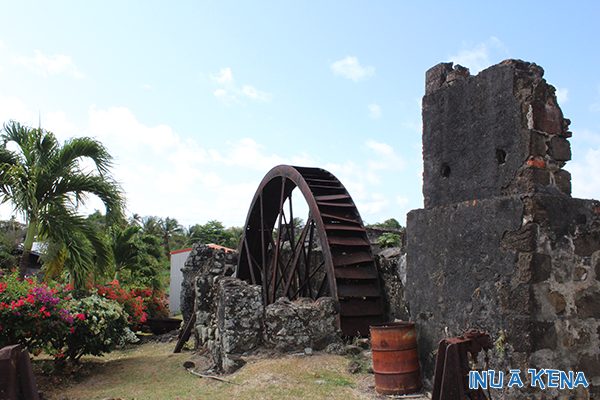
The water wheel at Westerhall Estate, Grenada
Once Grenada’s most important crop, sugarcane hasn’t grown on the island in significant amounts for many years. Thus when a group based in the UK launched a project to reanimate the once-productive sugarcane industry on Grenada, locals found it curious if not a bit suspicious. I say “reanimate” because all around the island you can find remnants of the sugar industry that appear frozen in time—as if the owners of the estates just walked away and left everything behind.
In many cases, that’s exactly what happened.
After emancipation in 1834, sugar estate owners struggled to find field laborers, took on massive debts to stay afloat, and invested nothing in maintaining or modernizing their failing equipment. Over the next thirty years, sixty-eight sugar estates were abruptly abandoned, and by 1896 sugar exports fell to zero. Grenada pivoted to a more diversified agricultural base, with cocoa and nutmeg partially filling the void that large-scale sugarcane farming left behind.
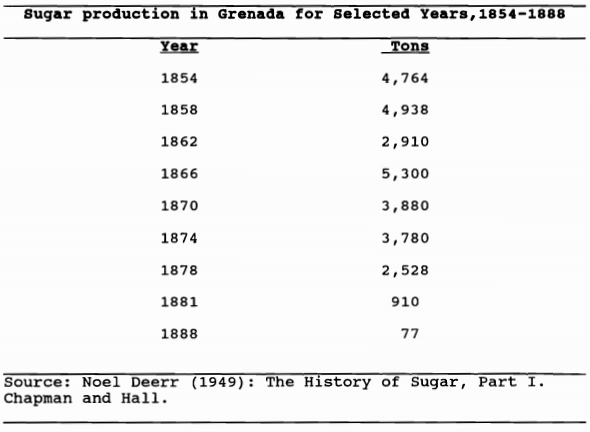
With Grenada’s sugar heyday more than a century in the past, why then would anyone seek a return to sugar on Grenada? In a word: rum.
Insatiable Thirst
Mark Reynier had a successful career as a wine negociant before he went into spirits as a co-founder of independent Scotch whisky bottler Murray McDavid. Securing stocks from the 1960s and early 1970s, they were able to offer some of the world’s best single malt whiskies. But once those whiskies were gone, the more industrially made single malts left Reynier and his colleagues feeling flat, so they set out to purchase an established distillery complete with aged stocks from which to draw. In 2000, they found that distillery in Bruichladdich, an Islay distillery founded in the 1880s that had been decommissioned in 1994.
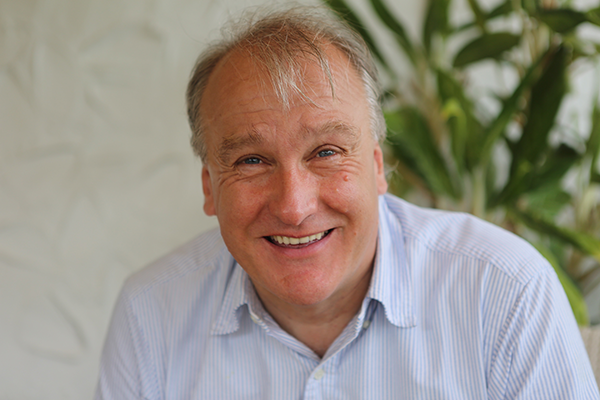
Mark Reynier, photo courtesy Renegade Rum
After getting Bruichladdich up and running, Reynier was drawn back to rum. Starting in 2007, his Renegade Rum line featured blends of casks rather than single barrels, and eventually offered rums with something they called ACE, or “Additional Cask Evolution”. The reason for the ACE process was less about innovation, and more about trying to breathe life into spirits Reynier thought a bit tired. Having bottled nearly two dozen rums under the Renegade label, Reynier found himself right back where he was when sourcing Scotch whisky: bored.
“There was a phase where there were good stocks of rums from distilleries that had ceased to exist, and this was actually quite exciting –it was just like the early days of single malt whisky. But sadly, it was like joining the party too late. The stocks were really, really small. So we decided to try and secure some bulk stocks by finding a distillery and repeating our Bruichladdich experience.” – Mark Reynier
Reynier would spend the better part of the next decade searching for the Bruichladdich of rum. He looked at distilleries in Jamaica, St. Lucia, Barbados and Cuba before expanding his search to the Pacific and Indian Oceans: Fiji, Reunion, and Mauritius. He came to the conclusion that those distilleries were all too far away, too decrepit, or both.
On the verge of giving up, Renegade CFO John Adams (who had a college classmate with a house on Grenada) suggested they go down in the summer of 2015 and take a look. Located about 100 miles north of Trinidad and Tobago, Grenada sits at 12° latitude and enjoys year-round temperatures in the mid-eighties Fahrenheit (about 30°C). In theory, it sounded delightful.
“I didn’t know much about Grenada. And I have to say, the moment I arrived at the airport, I just thought ‘this is exactly what I’m looking for’.” – Mark Reynier
There was no distillery with old rum stocks for sale on Grenada, but by then Reynier had become so enamored with the island that he was determined to at least investigate the viability of building a new distillery there. Thus the project quickly morphed from an analog of Bruichladdich to an analog of Reynier’s more recent venture: Waterford Whisky.
Switching Gears
Unlike Bruichladdich, Waterford represents a completely new approach, the focus of which is making discrete batches of single malt whisky from barley grown on seventy-two different farms across Ireland. Each farm’s location, soil type, microclimate, and other factors affect the qualities of the barley, so by malting, milling, fermenting, distilling, and aging each batch individually and with full traceability, Waterford is creating terroir-driven single malts Reynier hopes will exceed the expectations of the world’s most discerning single malt aficionados and prove once-and-for-all that the importance of terroir goes beyond the world of wine.
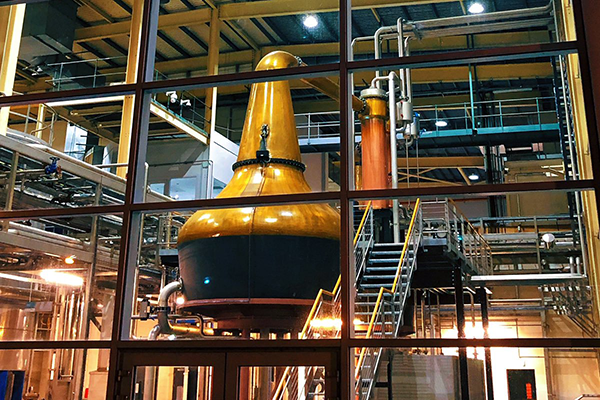
Image courtesy Waterford Distillery
Located in a former Guinness brewery roughly between Dublin and Cork on Ireland’s east coast, the Waterford distillery is a state-of-the-art facility mixing old school production methods with new school technology. Completed in 2015, they made their first batch of fully traceable whisky in January of 2016. That spirit, like the subsequent batches of single farm distillates made there, now rest in French and American oak casks awaiting a release that will be driven not by a particular age, but by their readiness.
Kindred Spirits
Following the Waterford model, the new Renegade Rum Company would make discrete batches of rum from cane grown on individual farms around Grenada. There was just one problem: there were no sugarcane farmers from which to buy.
Undeterred by the lack of sugarcane, Reynier reached out to leading sugar consultants Booker Tate to conduct a feasibility study in the Fall of 2015. Their report indicated that while the plan for a sugarcane juice rum distillery on Grenada was viable, there were no farmers wishing to go into sugar. Renegade, it appeared, would have to grow their own cane.
Pushing ahead, Renegade retained Booker Tate to conduct an implementation study which was completed at the end of 2016. With the road map from Booker Tate in hand, the focus turned to leasing land on which to grow sugarcane—a challenge that proved to be fairly daunting until Reynier happened upon local farming legend Bertrand John, known to most as BJ.
“BJ and I met in a wonderfully serendipitous moment. I was scouring the countryside and looking down every track for plots of ground to rent, and I ended up getting totally lost. I came down this track and there was this wonderfully organized market garden, under canopies and glass houses; it was unlike anything I had seen on the island. And there was this chap with a big smile.” – Mark Reynier
Reynier explained the Renegade project to BJ, and he enthusiastically agreed to sign on. With BJ’s help, Reynier was able to secure his first land leases, build relationships with local farmers, and encourage young folks to get into the cane farming business. This was the start of Cane Co., a company founded in 2016 with the singular purpose of growing sugarcane for the Renegade Rum distillery.
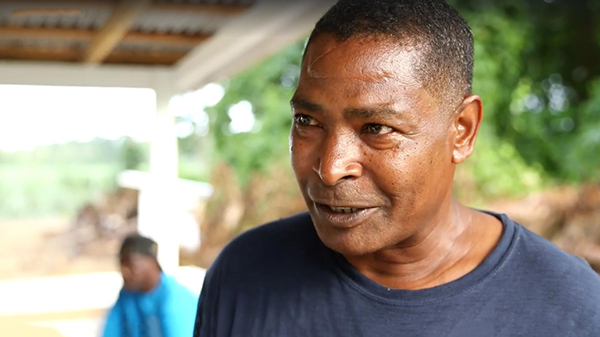
Bertrand John, image courtesy Cane Co.
In addition to Director of Agriculture Bertrand John, Reynier landed another important local Director for the project in Graham Williams. A Grenada native and the Managing Director for Westerhall Estate, Williams knows a thing or two about producing rum on Grenada. He also sits on the board of several prominent local companies. Graham’s measured approach and local connections provided the perfect counterpoint to Reynier’s more enthusiastic style.
“Graham has been fantastic. I wouldn’t be doing this project here if it weren’t for him. We work very well together; he’s everything that I’m not, and I do think that he would agree. He makes sure I didn’t do anything stupid or say anything ridiculous; it’s a perfect partnership.” – Mark Reynier
Land Secured, Fields Planted
After three years of hard work, Cane Co. has over 150 acres of cane planted on thirteen different sites within an hour’s drive from the distillery. Visiting several of the cane farms along the island’s eastern half, the differences in climate and soil type are readily apparent.
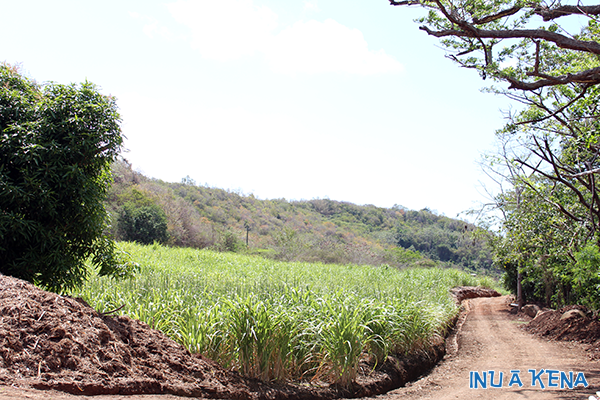
One of Cane Co.’s cane fields
With six varieties of cane planted across the various sites, each having unique soil compositions and microclimates, Reynier and his team hope to produce exceptional cane juice with readily discernible organoleptic differences due to variety and terroir.
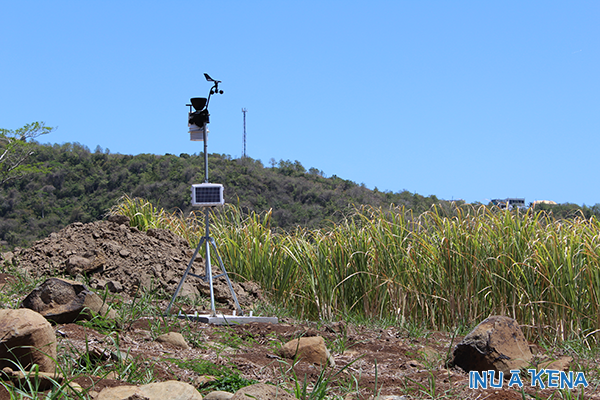
Cane Co. Weather Monitoring Station
Each site is monitored by weather stations that log factors such as temperature, wind speed, precipitation, humidity, and the like. These data will be evaluated to track the impact not only on the cane and its juice, but on the eventual distillate it generates.
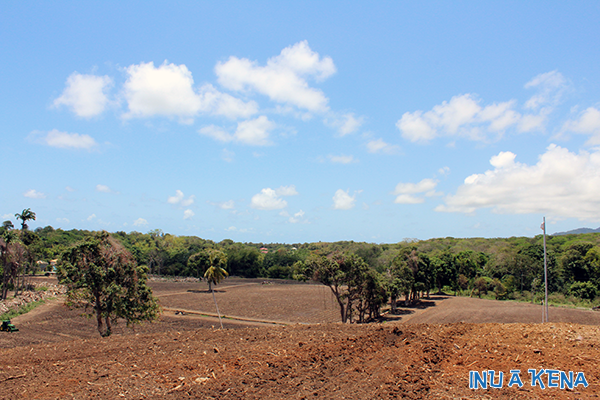
A Cane Co. cane field under development
Finally, a Distillery
It’s not often the case that a start-up spirits producer spends years developing their feedstock before building a distillery, but that’s precisely where Renegade is today. A true “green field” project, the distillery site in Upper Pearl north of the old airport was most recently a jungle. Located just up the hill from a coastal mangrove forest, the site provides sweeping views of the ocean and a steady, mercifully cooling breeze.
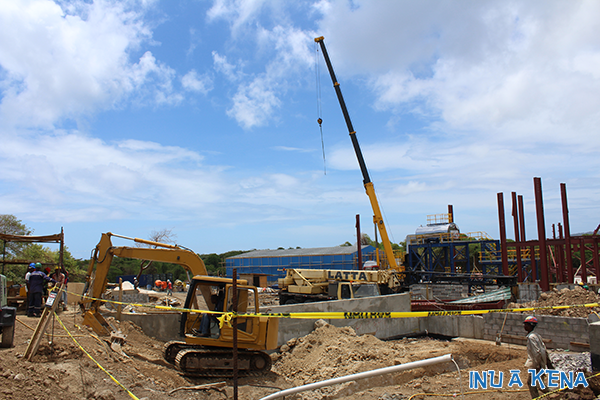
Renegade Rum distillery under construction, April 2019
On the day of our visit, the entire site is buzzing with activity. Cranes are moving steel beams into place, trucks are carrying materials in and out, and tradespeople are working feverishly to stay on schedule. As a light rain begins to fall, we’re ushered into a shipping container-turned command center where we find lead engineer Eric Ringo finishing up a Web conference with members of the team from around the world. The air conditioning is cranked up, there is a flush toilet and sink, but with no hard internet connection yet, Ringo is relying on his mobile phone to tether him to the outside world. It’s a study in contrast, much like the Renegade project itself. A spirits industry veteran, the bulk of Ringo’s experience came in Kentucky, working at storied Bourbon distilleries like Jim Beam and Buffalo Trace.
Here we also meet Devon Date, most recently the Master Distiller at Clarke’s Court distillery in Saint George. Date is trained as both a Chemical and Environmental Engineer, bringing with him a wealth of knowledge about distilling rum on Grenada and dealing with its waste.
We learn from Date that the distillery was designed from back to front, with a waste treatment system that incorporates the best of man-made and natural technology.
Date’s wastewater treatment design incorporates flocculation and sedimentation, dilution, aeration, and pH adjustment which prepare the treated vinasse for biological filtration through a permeable layer of subsoil, after which it will finally meet the sea in a process that should take about 30 days. Fortunately for Date and the engineering team, cane juice vinasse is a lot easier to break down than vinasse generated from molasses.
Cementing their commitment to protecting the environment, the company set up a mangrove watch group, tasked with ensuring the continued health of the adjacent coastal environment. The watch group has already been busy taking background readings of the water quality east of the distillery site.

Looking east from the distillery site
Making rum from cane juice makes waste treatment easier, and it also affords the distillery a ready source of renewable energy: bagasse. Renegade’s Brazilian cane crushing mills will provide their high-tech South African biomass boiler with a steady supply of crushed cane fiber to heat the stills.
Of course the juice is the most important stream to come off the mill, all of which will be fed to a series of twelve horizontal stainless steel fermenters. The horizontal orientation of the fermenters is common in wine, but less so in spirits. The orientation produces less head pressure and leads to more productive, “happier” yeast that should produce cane juice wine with no off-flavors due to yeast stress.
The stills will sit in a still house made for both ease of operation and viewing by visitors. The copper Forsyth’s pot still with twin retorts is a traditional Caribbean rum distillation arrangement, but the stainless steel twin column still looks quite a bit more modern. Despite its stainless exterior, we’re assured the plates inside are copper, which along with copper packing at the top of the wash still, should effectively remove any sulfurous compounds present in the cane juice wine.

Renegade’s Forsyths pot still with twin retorts, image courtesy Renegade Rum
Combining spirits made in both pots and columns is not new, but having the ability to distill rum from individual cane varieties from several different farms in both pot and column, aged in a variety of high quality barrels will give Renegade the unique ability to create a library of aged distillates they can use to blend truly unique rums—“profound” as Reynier is fond of saying.
The Road Ahead
Still under construction, the Renegade distillery is finally beginning to take shape, and barring any major delays should be producing rum by July 2019. That day will represent the realization of a dream years in the making—changing the way people think about terroir in rum, and finally putting Grenada on the map for global spirits aficionados.
More importantly, the Renegade project represents a major foreign investment into a country the size of Detroit, Michigan (but with just ~15% of its population). The distillery has generated scores of construction jobs, many permanent distillery jobs including distillers, boiler operators, and over a hundred-fifty agricultural jobs with Cane Co.
On a small island with little industry beyond tourism, the enthusiasm for the work is evident in people like Cane Co. Area Manager Aquart Lewis, who told me he often wakes up in the middle of the night excited to plan his work day. He’s proud to be a part of this new venture—a pride that will surely increase when he can finally taste the fruits of his labor. Aquart and the rest of us will have to remain patient, however. Reynier doesn’t expect to release the first Renegade Rum until 2022.
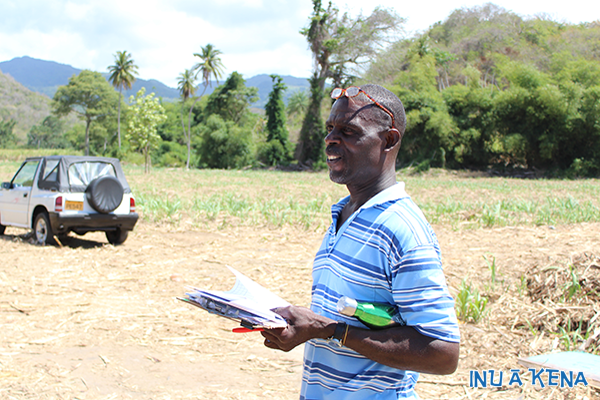
Cane Co. Area Manager Aquart Lewis
Photographs by Kai Miller except where noted.
Editor’s Note: A trip to the distillery site and cane fields was funded by Renegade Rum to gather this reporting.
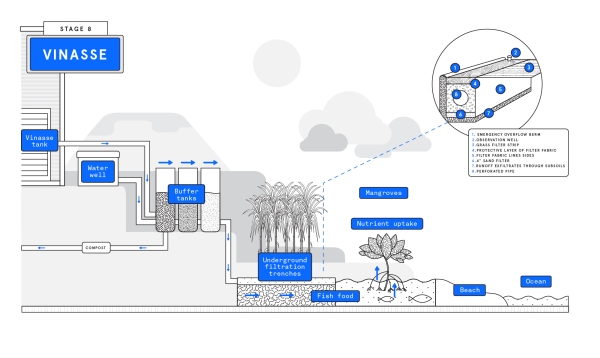
Very cool project. I look forward to trying the rums.
Me too, Troy! Cheers
bravo josh!! on the rum way 🙂
Thanks, Marco!